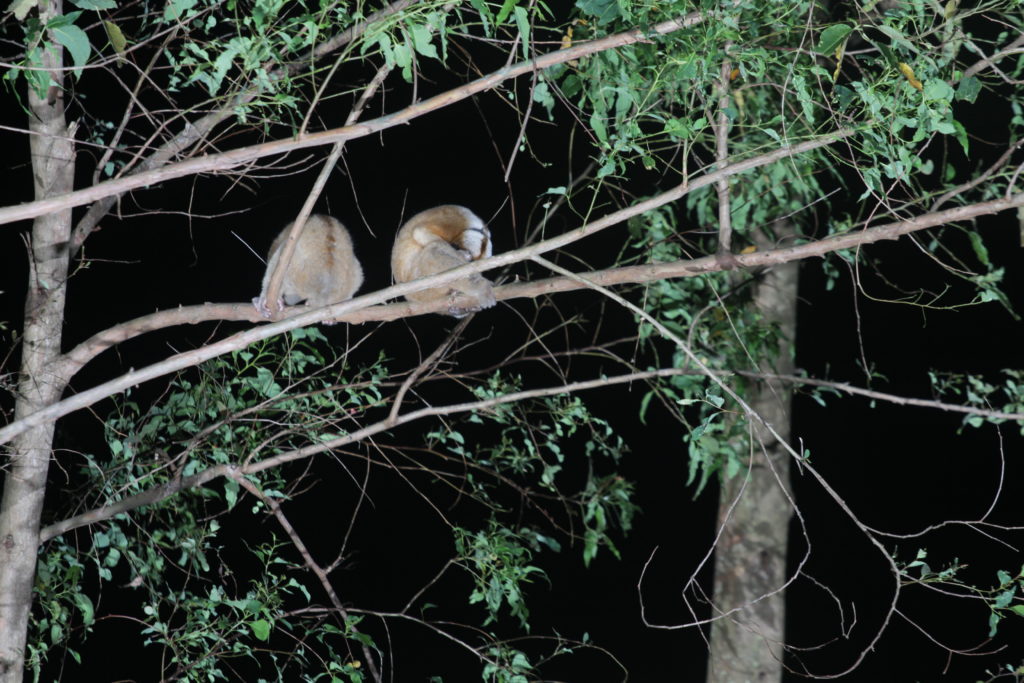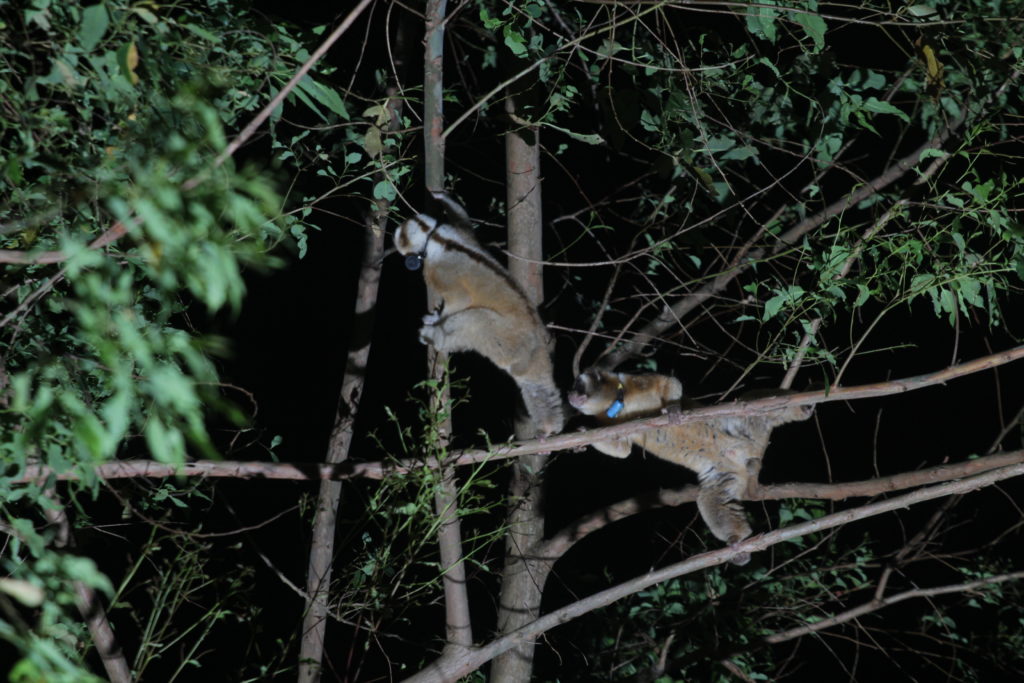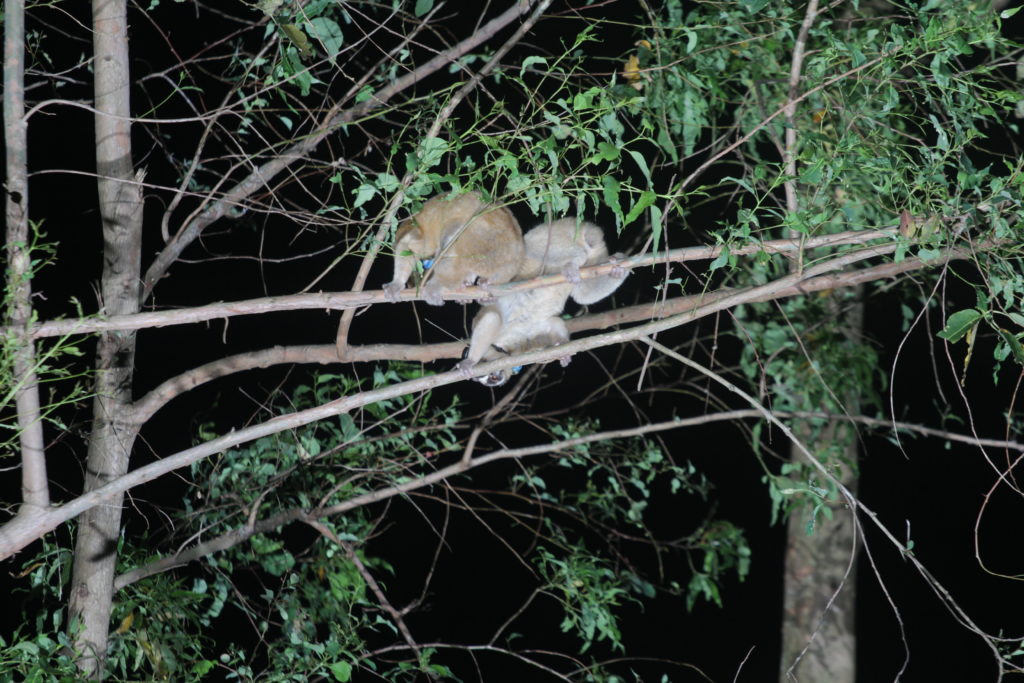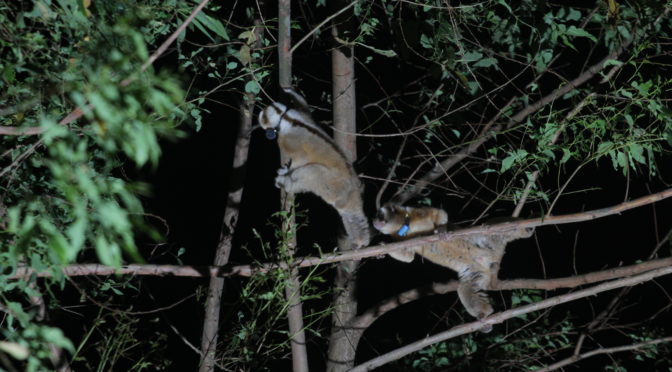Assumptions
Many people often assume that slow lorises are not very social. This assumption, though, is based off of many observational biases. Slow lorises are very hard to observe, being nocturnal and small, and having a proclivity for dense branches and leaves. Observations in the past, therefore, have noted slow lorises as often being alone. The natural conclusion, therefore, became that slow lorises are solitary animals. This assumption, however, could not be more wrong.

Reality
Slow lorises, like many other primate species, are incredibly social. There are dynamic relationships between family members. For starters, mothers carry their infants and “park” them in a safe place during the night. This is usually a thick patch of bamboo, which the mother then returns to once she had finished foraging for food.
Fathers also play an important role for their offspring. Fathers can often be seen playing with and grooming their children. One young loris named Lalat, often meets his father, Rufio, around the same time each night. They play for long periods of time and forage for food together. In order to locate each other, they make vocalizations that sound like chirps – a call and response that they continue until reunited. Similarly, Tombol and her father Alomah spend much of their time together. They play and explore the trees together, while mother Tereh forages nearby and cares for her younger offspring.


The longterm observations at LFP have shown without a doubt the social nature of slow lorises. As time goes on, we are unraveling more and more about the intricacies of their relationships and social structures. ELLA BROWN
Read the science!
Nekaris, K. A. I. (2006). Social lives of adult Mysore slender lorises (Loris lydekkerianus lydekkerianus). American Journal of Primatology: Official Journal of the American Society of Primatologists, 68(12), 1171-1182.
Nekaris, K. A. I. (2014). Extreme primates: Ecology and evolution of Asian lorises. Evolutionary Anthropology: Issues, News, and Reviews, 23(5), 177-187.

